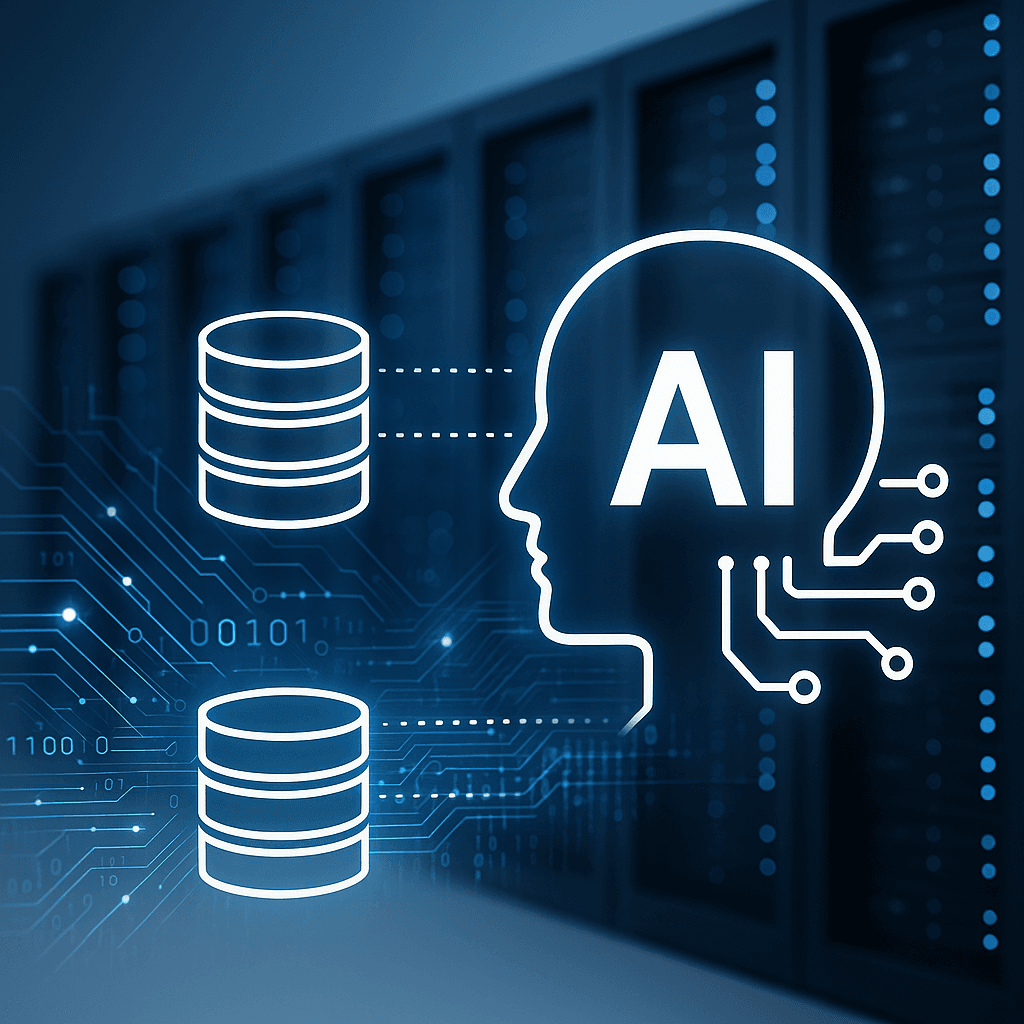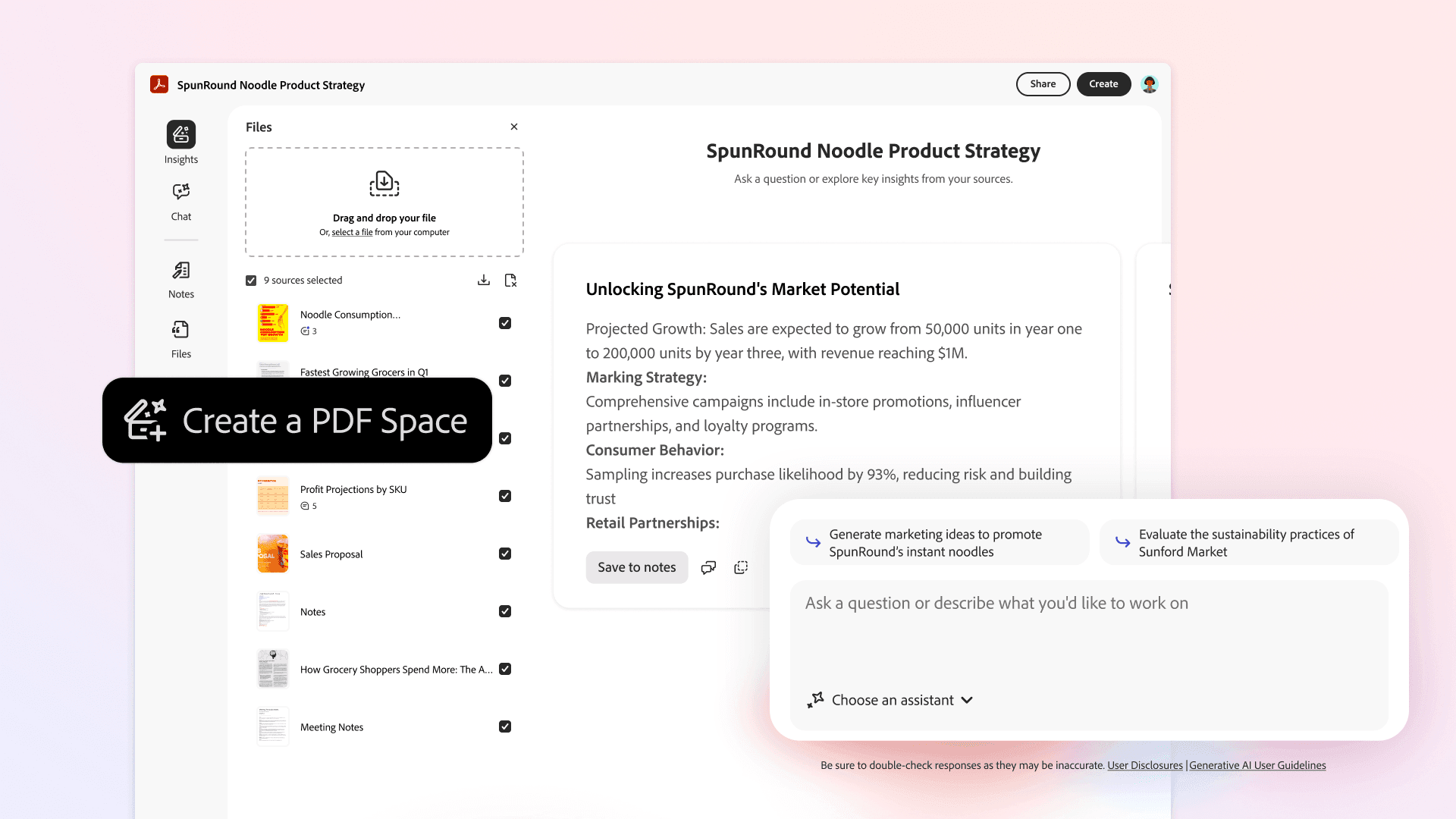Databricks just closed a $1 billion funding round at a staggering $100 billion valuation, marking one of the largest enterprise AI deals of 2025. CEO Ali Ghodsi says the wildly oversubscribed round will fuel the company's aggressive push into AI agent databases, where 80% of new databases are now created by AI rather than humans.
Databricks just reshaped the enterprise AI landscape with a $1 billion funding round that values the data analytics giant at $100 billion, sources confirmed to TechCrunch. The wildly oversubscribed round positions the company to challenge Oracle's decades-long stranglehold on the database market through a radical bet on AI agents.
The funding, co-led by Thrive Capital and longtime investor Insight Partners, comes just months after Databricks' record-breaking $10 billion raise at a $62 billion valuation in January. That previous round was later topped by OpenAI's $40 billion raise in March, but Databricks' latest deal signals the enterprise AI arms race is far from over.
"The database market is $105 billion of TAM, of revenue, sitting there, kind of unaffected in the last 40 years," CEO Ali Ghodsi told TechCrunch in an exclusive interview, taking a clear shot at Oracle's market dominance. His weapon of choice? A fundamental shift in who's creating databases.
The numbers reveal a seismic change happening under the radar. According to Databricks' internal data, AI agents created 30% of new databases a year ago. That figure has exploded to 80% today, with Ghodsi predicting it will hit 99% within twelve months. "There's a new user. The user is not human. It's an AI agent, and if we just double down on making that user persona successful, that's the wedge to disrupt that TAM," he explained.
This insight drives Databricks' two-pronged strategy for the fresh capital. First, the company plans to accelerate its Lakebase database platform, launched in June at the company's annual conference. Built on open-source Postgres, Lakebase directly competes with in the enterprise-grade database market, but with a crucial differentiator: separated compute and storage architecture.











